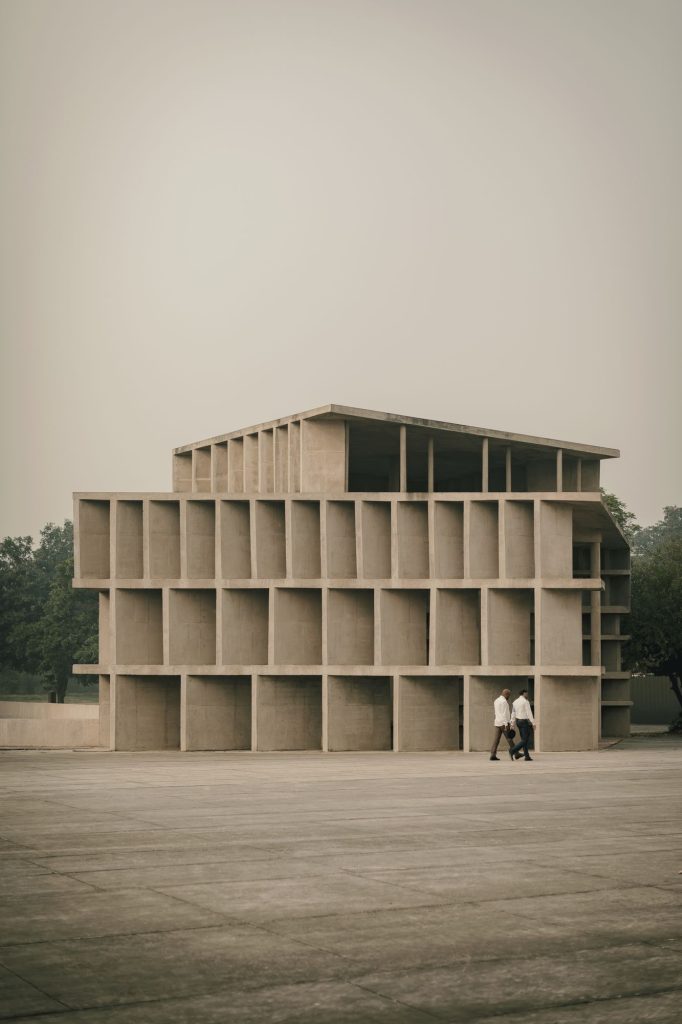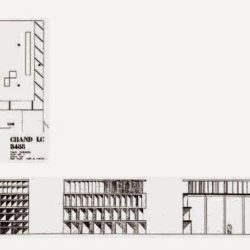
Le Corbusier . photos: © César Béjar Studio
Following India’s independence in 1947 and the ensuing regional divisions, Le Corbusier was asked to draw up a plan for a new city, a symbol of Indian emancipation. The crowning touch to this plan was the Capitol Complex, built in 1952.
This remarkable architectural complex is the largest built by the architect. With its geometric forms directly inspired by Corbusian purism, it imposes a strong identity on the city, reflecting the three branches of government: executive, legislative and judicial. The complex includes the Palace of the Assembly, the Secretariat and the High Court of Justice, and combines Brutalist and modern architecture with Le Corbusier’s polychromatic theories. Listed as a UNESCO World Heritage Site, the Chandigarh Capitol Complex cohabits on the esplanade with the Open Hand Monument, the Pit of Contemplation, the Martyrs’ Memorial, the Tower of Shadows, the Geometric Hill and the reflecting ponds of the High Court and Assembly.
Fondation Le Corbusier
_












